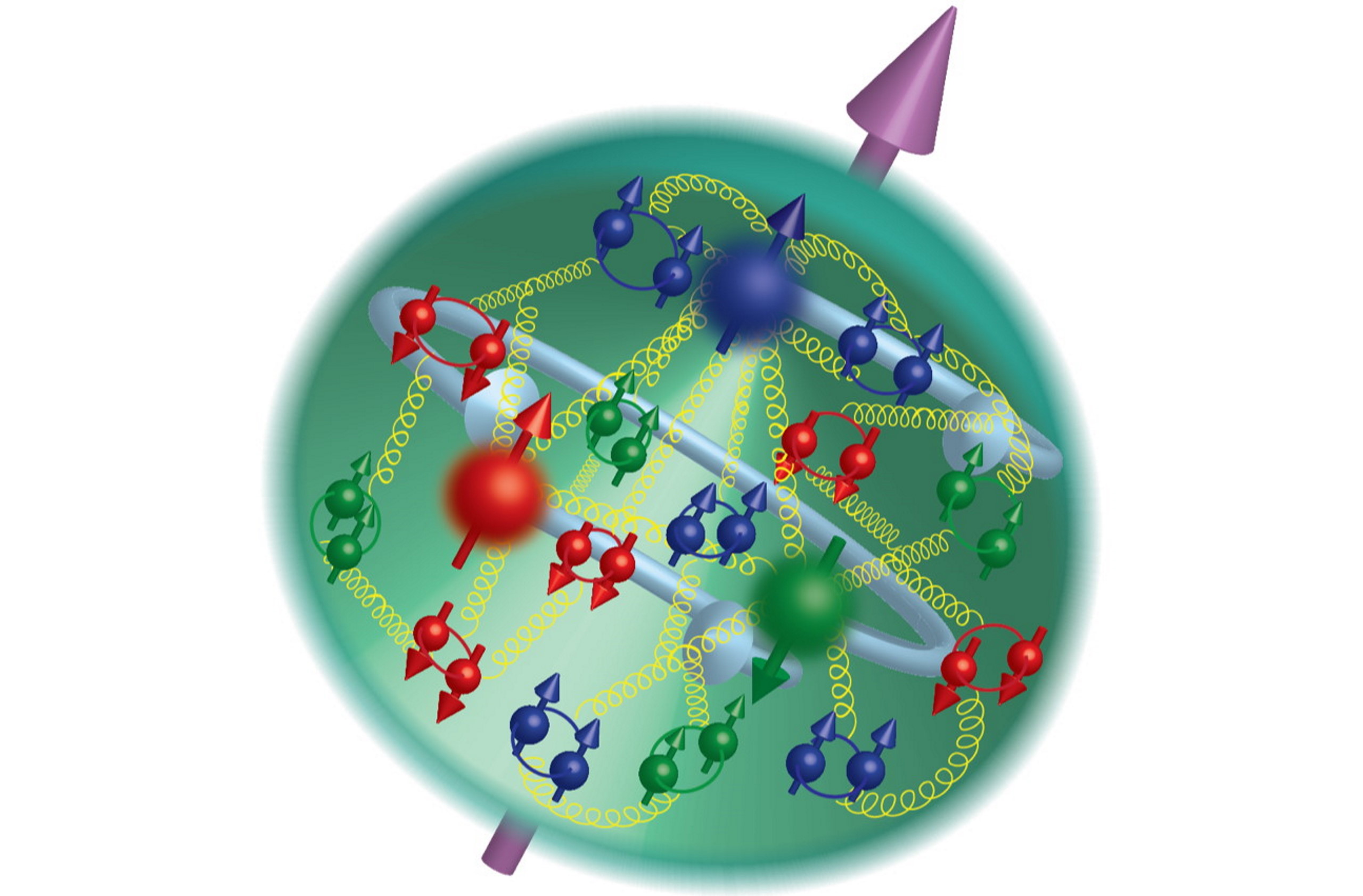Can Children Deprived of Arts Education Still Grow Up to Be Innovators?

How does a society rear innovators? Is it through rigorous curricula focused on STEM subjects (science, technology, engineering, and mathematics)? Is it exposure to art or the experiences associated with play? These are questions Justin Brady attempts to answer in a Washington Post column about innovative roots. And while Brady spends ample time defending STEM and praising the value of an education emphasising its tenets, he opines about one of its main weaknesses:
“A foundation in STEM education is exceptional at making us more efficient or increasing speed all within set processes, but it’s not so good at growing our curiosity or imagination. Its focus is poor at sparking our creativity. It doesn’t teach us empathy or what it means to relate to others on a deep emotional level.”
Art, says Brady, is the perfect addendum compliment to a STEM education. Its emphasis on creative thought helps bridge the gap between theory and reality. This, he explains, is what leads to innovation:
“Michigan State University observed a group of its honors college graduates from 1990 to 1995 who majored in the STEM fields. Their research uncovered that of those students, the ones who owned businesses or filed patents had eight times the exposure to the arts as children than the general public.”
To learn more about why the arts are essential to a robust core curriculum (as well as to read up on STEM’s younger sibling, STEAM), check out Brady’s article in The Washington Post.
Photo credit: PedroMatos / Shutterstock





